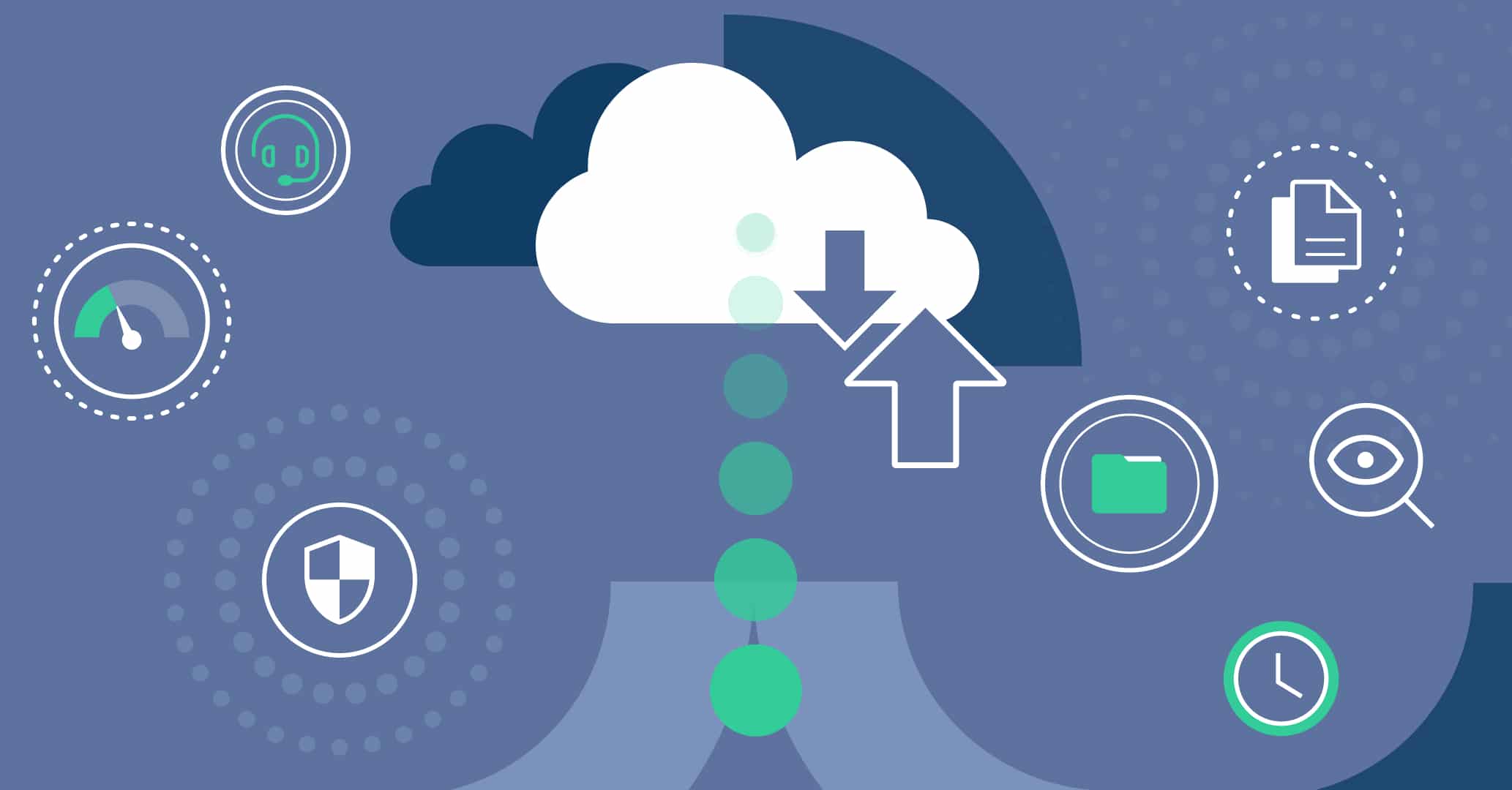Introduction
Trademarks and patents hold paramount importance for the brand’s uniqueness and protection. However, managing every phase of trademarks and patents, from ideating and application to reviews and approval, is challenging.
For trademarks and patents, an organization not only has to arrange and manage necessary documents but also ensure compliance with deadlines. Therefore, there is a need for a systemic approach to handle all phases and protect intellectual property (IP) effectively. This is where the Business Process Management (BPM) tool comes into action. It provides a strategic IP management approach and ensures efficient management and compliance with deadlines.
Considering the importance of document management and BPM in trademarks and patents, this guide will talk deeply about these concepts and help you understand how to leverage BPM for intellectual property (IP) protection.
The necessity of document management in the realm of trademarks and patents
Document management in the realm of trademarks and patents is a never-ending process throughout the intellectual property lifecycle. This is because an organization has to deal with many types of documents when it embraces the journey to get trademarks and patents.
These documents include technical specifications, test reports, legal filings, interactions with patent offices, licensing agreements, trademark specimens, records of notices, trademark/patent applications and submissions, and more.
All the documents involved in trademarks and patents hold immense importance. That’s why it is the obligatory duty of an organization to manage documents effectively. In fact, when an organization securely stores and manages documents related to trademarks and patents, it leads to many beneficial outcomes:
- Centralized access to documents.
- Effective collaboration with stakeholders, legal professionals, and regulatory authorities.
- Timely processing of applications and reduced risk of compliance-related issues.
- Streamlined renewal processes.
- Risk mitigation and strong legal defense in case of legal disputes.
- Save significant time and resources.
- Proper auditing of document changes and access.
To put it briefly, managing and safeguarding intellectual property in the context of patents and trademarks requires effective document management. Furthermore, it initiates a creative ecosystem and helps an organization make strategic decisions.
The role of BPM implementation for trademarks and patents management
Now that we know the necessity of document management in trademarks and patents, the next question is how to fulfill document management obligations in this overly complex situation in IP management. This is where Business Process Management (BPM) comes into action.
BPM is a structured approach to defining, executing, automating, optimizing, and monitoring business processes to increase agility and efficiency. It helps to streamline complex and tedious manual processes into automated ones.
Talking specifically about the role of BPM implementation for trademarks and patents, it is the key to streamlining the whole process management. BPM implementation facilitates the creation of specific workflows for the application, review, and approval of trademark and patent registrations.
Simply put, BPM designs customized workflows for the whole journey of trademarks and patents to ensure each step is executed proficiently. To better understand the role of BPM implementation, let’s talk about how its specific workflows help the application, review, and approval processes:
1. BPM workflow for application phase
The application phase is not just confined to submitting the application for trademark and patent. It also involves all the pre-submission stages, such as ideating, collecting necessary documents, organizing, etc.
A BPM tool creates a structured workflow to go through each step in the application phase effectively. For instance, a Qflow BPM tool allows users to initiate the ideation step to capture essential details. Afterward, it helps to collect and arrange the necessary documents from different departments.
Qflow‘s workflow autonomously validates the documents so that all the necessary documents are completed. This reduces the chances of missing essential documents. Once the pre-submission work is completed, BPM offers a smooth submission of all documents for review.
2. BPM workflow for review phase
After the application phase, the next phase is reviewing. In this phase, legal professionals review all the documents. A BPM workflow again streamlines the process here by providing a structured approach. For instance, an organization can design a workflow with Qflow BPM that integrates all the verification checks.
Legal professionals can use automated tools integrated into the workflow for automated document analysis as per compliance requirements. In addition, they can follow the systematic review process to adhere to all necessary steps. In case of some required changes, they can instantly trigger the necessary revisions and inform the concerned team immediately. This leads to a swift and trackable update process.
Simply put, a BPM workflow for the review phase systematizes and automates the process, reduces the chances of errors, and ensures a thorough application review before final submission.
3. BPM workflow for approval phase
After the thorough review phase, the last phase is approval. Although it looks like just submitting the application and relevant documents to the legal authority, it’s still a multifaceted process.
There are several activities involved in this phase, which are easily manageable with BPM. A BPM workflow for approval can start with verification of review findings. It ensures that all the recommended corrections are implemented and also confirms the completion of documents.
Afterward, the BPM tool validates that the organization complies with legal guidelines through predefined checks and prompts. Once done, it ensures timely submission of the application.
After submission, the BPM tool provides a central place for all stakeholders to track the status of the application. In addition, it also centralizes the communication from authorities to provide proactive responses to queries, change requests, or additional documentation. In short, BPM workflow for the approval phase keeps an organization active and responsive until trademarks and patents are granted.
Even after approval, BPM can facilitate the post-approval phase for activities related to maintenance, renewal reminders, and more.
Benefits of BPM workflow implementation
As evident from above, BPM workflow implementation modernizes the whole intellectual property (IP) protection process. Once an organization implements BPM workflow, it leads to many benefits as follows:
- Centralized Management: It centralizes the whole trademarks and patents document management and approval process.
- Reduced Errors: It ensures that every single step goes through a structured workflow, leading to reduced chances of errors and increased efficiency and transparency.
- Effective Collaboration: It streamlines collaboration and communication between employees, stakeholders, legal professionals, and more.
- Real-time Tracking: It keeps everyone informed by providing real-time tracking of the application and all processes.
- Streamlined Improvements: It facilitates the ongoing process of improvements and renewals to avoid loss of IP rights.
- Easy Scalability: It provides a structured approach to follow whenever the organization wants new trademarks and patents.
- Efficient Use of Resources: It automates many tedious stages of managing trademarks and patents, resulting in reduced workload, efficient use of resources, and cost-effectiveness.
Overall, BPM is the ultimate solution for organizations to ensure effective document management, approvals, and ongoing IP protection.
Document management & BPM: the key to continuous surveillance analysis
Document management and BPM enable the implementation of surveillance systems to continuously monitor potential infringements on trademarks and patents.
A BPM tool can monitor a wide range of channels, such as marketplaces, legal records, etc. Afterward, its automation streamlines the analysis of gathered surveillance data. If it identifies infringements, it can generate alerts and take responses according to predefined rules. This way, it helps to tackle potential infringements promptly. Besides that, it also keeps a record of all the surveillance analyses for reporting or other purposes.
Conclusion
Trademarks and patents are essential for organizations but bring many complicated activities. That’s why there is a need to manage documents and all stages involved in intellectual property (IP) management strategically.
As evident from the above discussion, the BPM (Business Process Management) tool and well-defined workflows for the application, review, and approval of trademarks and patents ensure efficient management and compliance. On top of that, BPM’s centralized approach, real-time tracking, and efficient use of resources make IP processes more manageable and effective. Therefore, if your brand is going to apply for trademarks or patents, make Qflow BPM your central hub throughout the journey.






